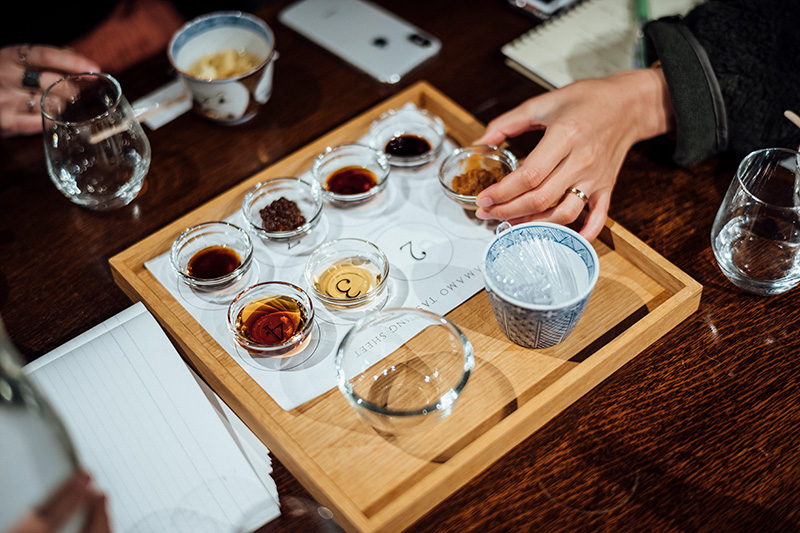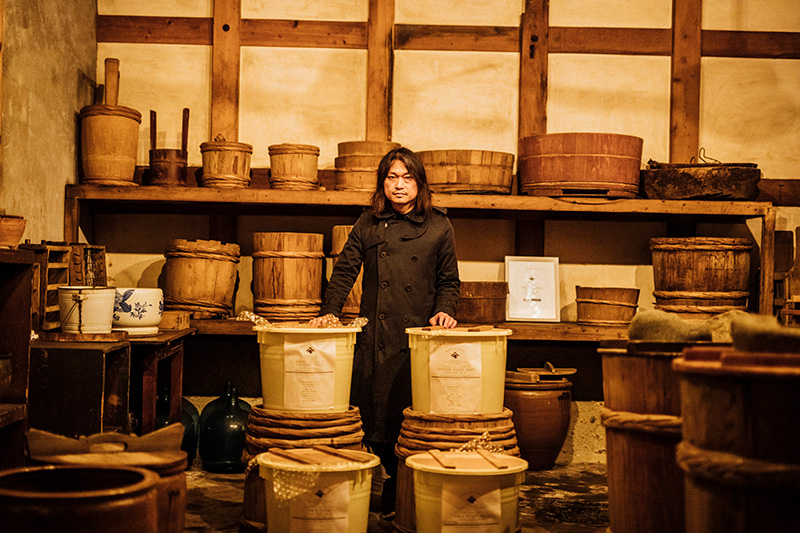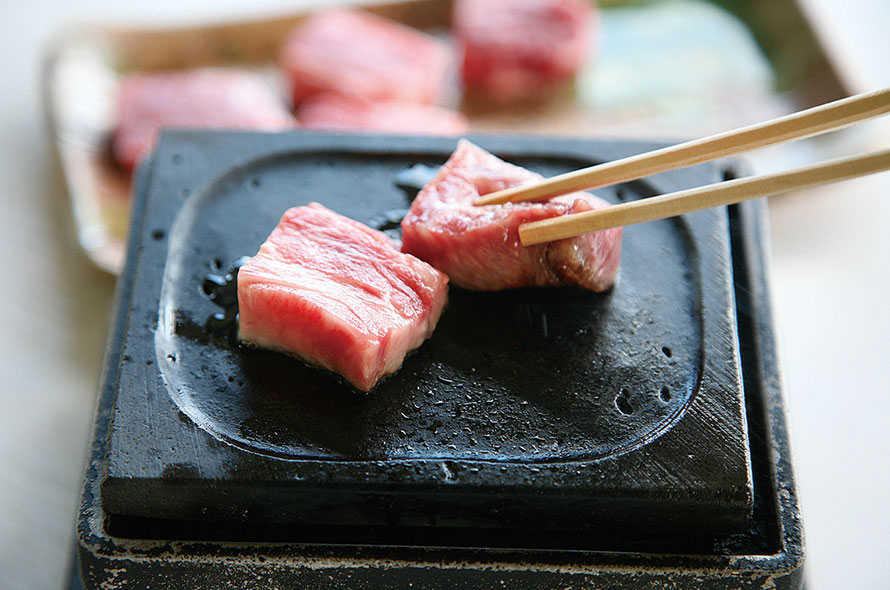Future of Fermentated Food
Future of Fermentated Food
null
Akita Prefecture is located in the northern part of Japan, where the need to preserve food during the snowy winter has spreaded a diverse fermented food culture.
Yamamo, Miso and Soy Sauce Brewery, which has been producing and selling traditional Akita’s miso and soy sauce for over 150 years since 1867 with rich water of “Minase River”, a pure river in Akita and the malted rice of the large quantity of rice production in Japan and so on, and also challenging the new fermentation possibilit by utilizing the fermentation technology with its own original yeast.
L’avenir de la fermentation(French version)
L’avenir de la fermentation
null
Le département d’Akita qui est situé dans le nord du Japaon, où il est nécessaire de préserver l’alimentation en hiver avec trop de neige et la culture de la cuisine de fermentation variée s’etendait.
Yamamo, la compagnie du miso de soja fermenté et la sauce de soja fabriquait le miso et la sauce de soja traditionnelles d’Akita et vendait depuis 1867 pendant environs 155ans avec de l’eau abondante de “la Rivière Minase” à Akita et le levain de riz fabriqués avec trop de quantité de la production dans le pays et d’autres utilise la technologie de fermentation avec la levure originaire et défie à la possibilité de la nouvelle fermentation.
Fermentation: with its alchemistic powers of transformation, fermenting food can heighten flavor, fortify nutritional qualities, and provide longevity. These days, fermentation gets attention around the world for its these properties, but in Akita, it’s been a way of life for hundreds of years. Akita is blessed with a bounty of ingredients from the mountains and the ocean, including the revered Akita Komachi rice strain, but endures long, cold winters.
There are different methods of fermentation across the world, but the one that is key in Japan – and particularly in Akita – uses koji (aspergillus oryzae) bacteria as the catalyst. Thanks to the skills of local artisans, who harness the power of koji, the area’s fermentation culture has deepened over hundreds of years.
Miso, soy sauce, sake, hatahata-sushi are some of Akita’s defining fermented products. On a recent trip to Akita, I wanted to do more than just taste or buy these products, but gain a greater understanding of how they are made and the artisans behind them.
Modern design sensibilities align with traditional foundations.
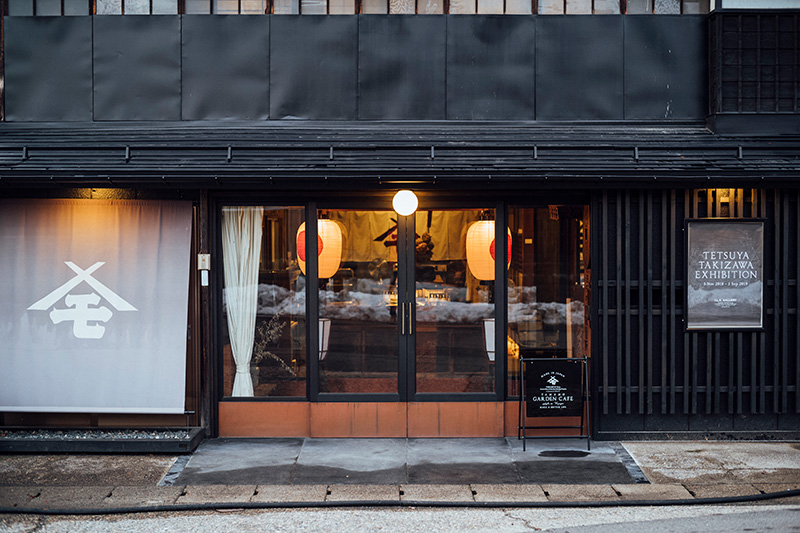
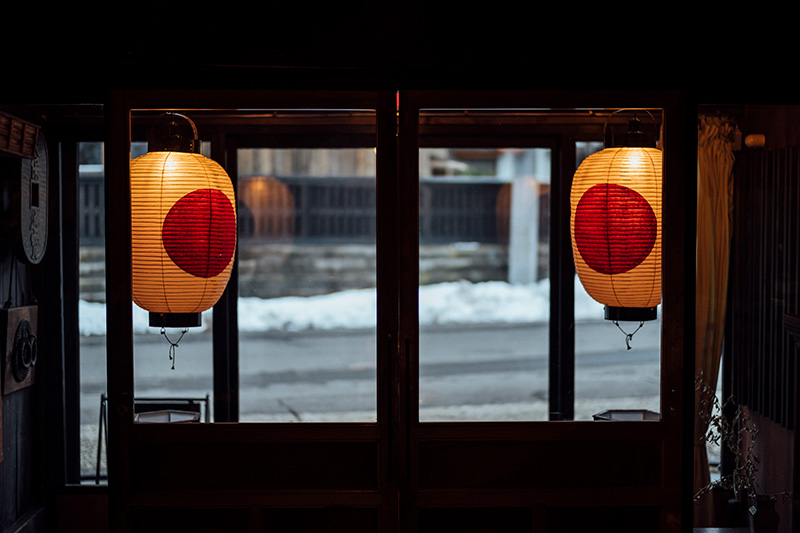

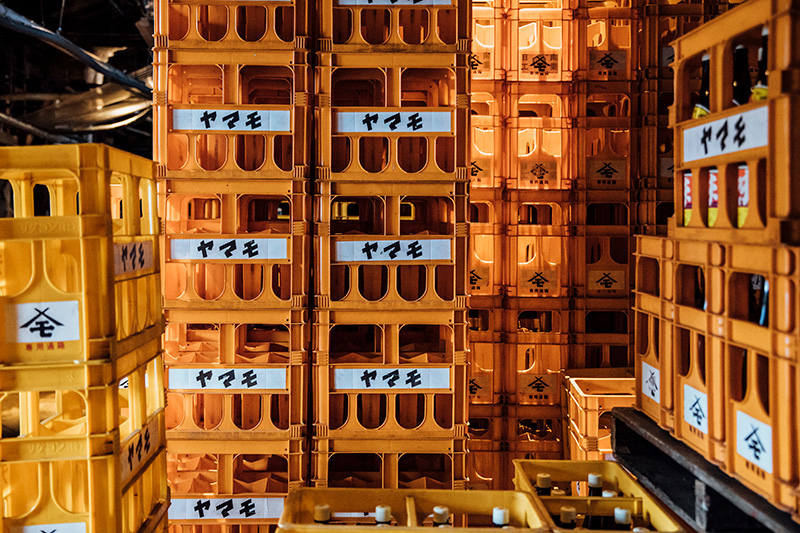




When the light dims at dusk, the doors to the garden of Yamamo Miso and Soy Sauce Brewery sparkle with the reflection of the cafe’s elegant chandelier, with the twinkle overlaying the textures of the traditional garden outside.
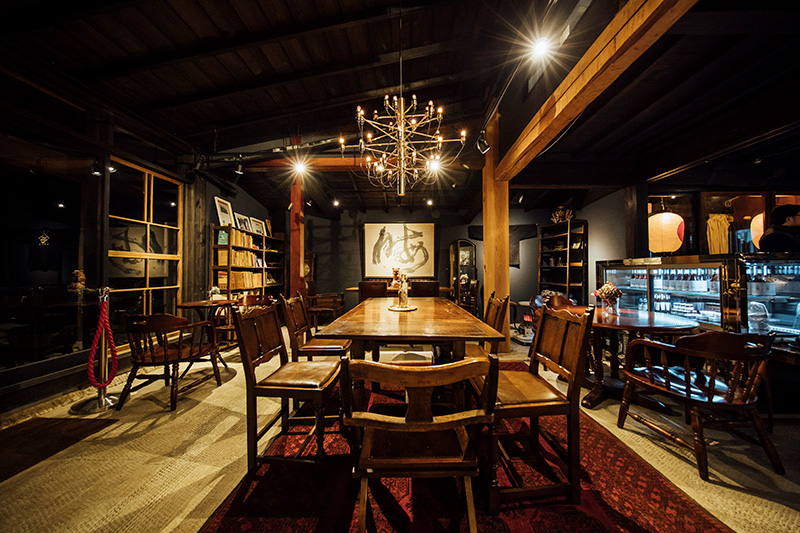
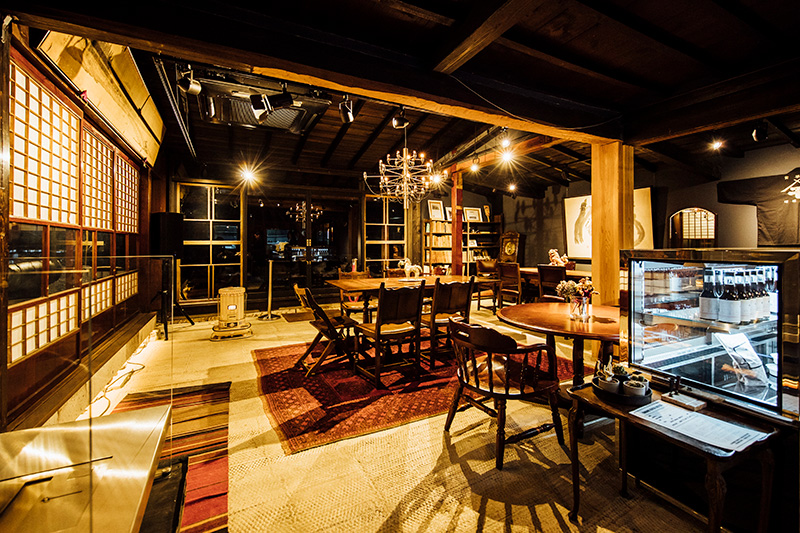


“The garden was built by my great-grandfather,” says Yasushi Takahashi, 7th-generation owner of Yamamo. He picks up a sepia-toned photograph of an older man sitting on a chair in a traditional garden, and points to a spot in the garden.
“He’s sitting over there, in front of the annex my father built for him. He faces the forest nearby where the water spirit lives, according to ancient folklore.”
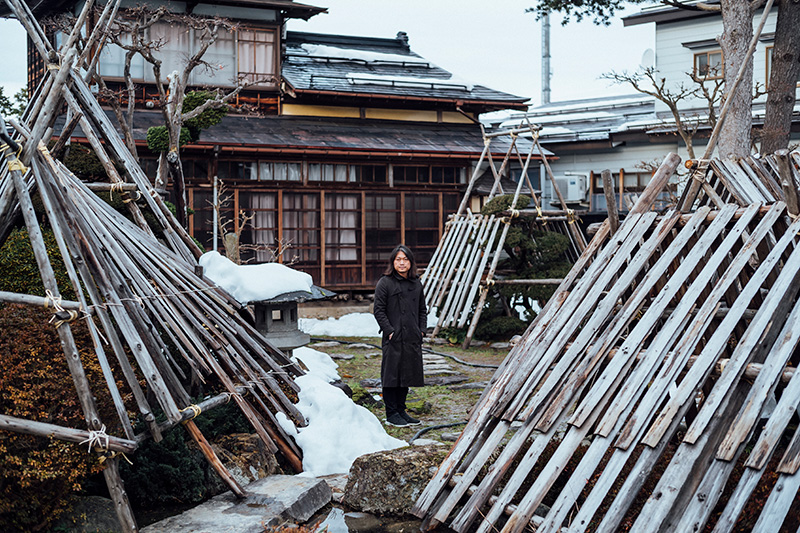
In 1867, Takahashi’s ancestors founded the soy sauce and miso brewery because of the pristine water available from the nearby Minase River; the garden is a homage to the water spirit, the guardian of the source of their livelihood.
Takahashi took over Yamamo in 2006 at the age of just 27, fresh from studying architectural engineering and traveling the world. His sense of design and worldliness echo throughout the seven rooms of the immaculately maintained brewery. The buildings’ dramatic timber beams and traditional earthen floors have chic modern trimmings. There are also new additions to the brewery, like the stylish cafe and open kitchen, the elegant gallery, and the company’s Good Design Award-winning product packaging – all Takahashi’s contributions.
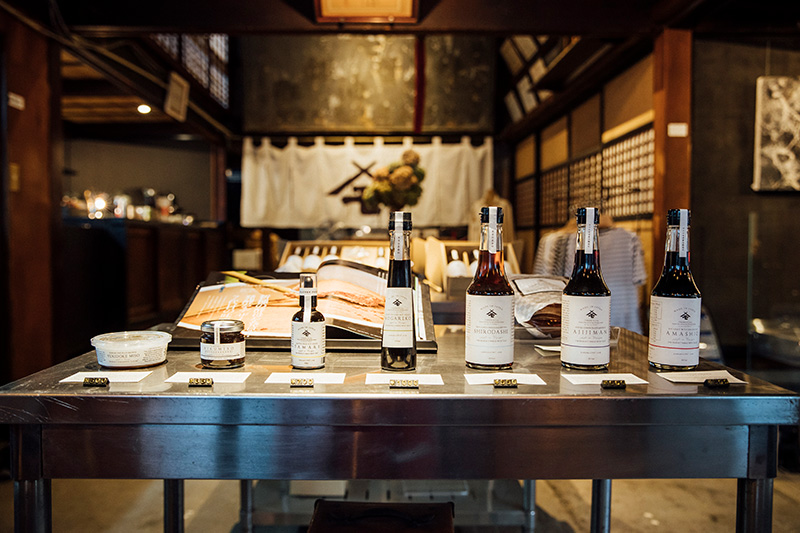
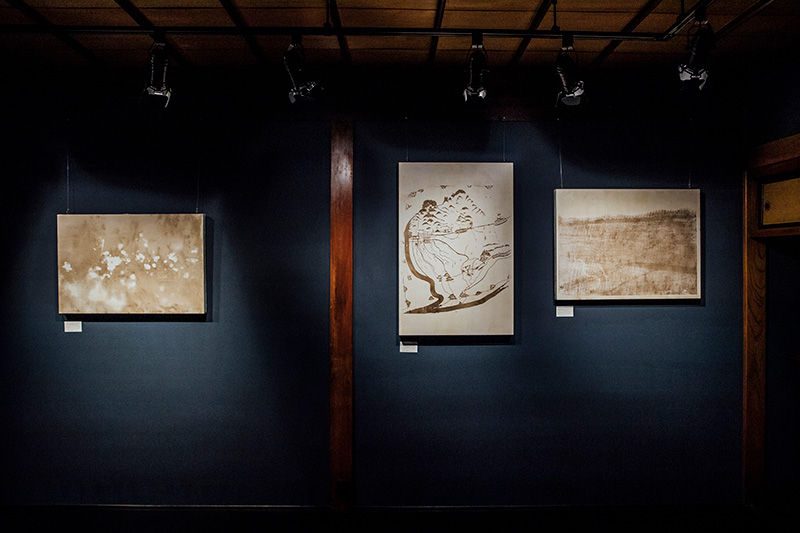
Another of Takahashi’s contributions is a brewery tour, a rarity in the world of miso and soy sauce. The tour follows the multi-step process of making soy sauce and miso, through different parts of the brewery, where each warehouse serves a different purpose.
“I want to share the world of fermentation, and local history and culture with the world,” says Takahashi.
The first room we visit on the tour, the muro, is where the crucial first step takes place: the cultivation of koji. “When we’re preparing the koji, we need to create the right environment for the bacteria we want to thrive, and which is hostile to bad bacteria. The process is very sensitive,” says Takahashi.
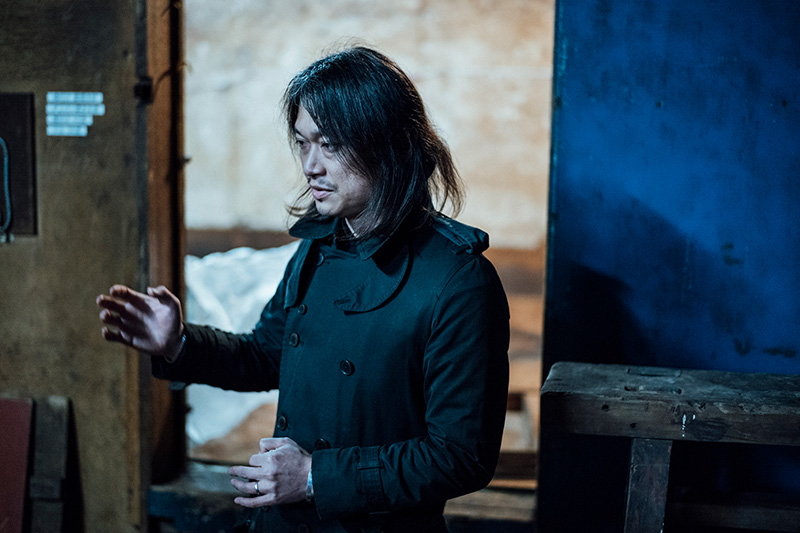
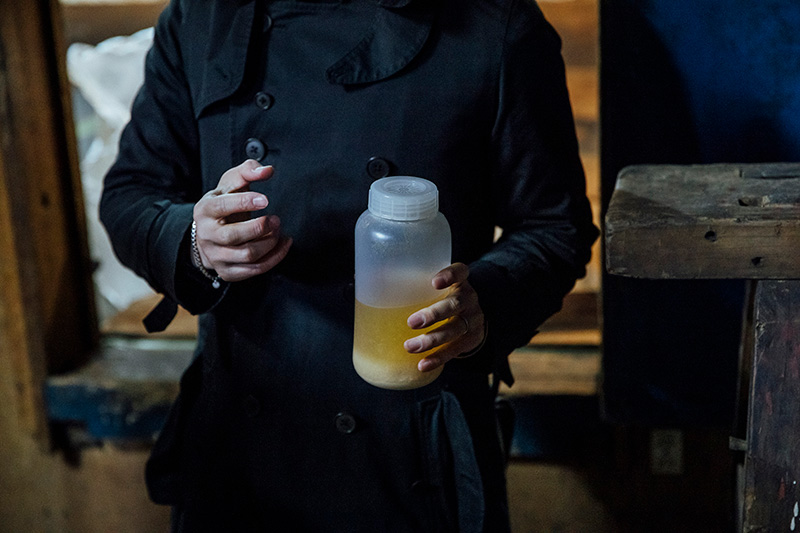


Next, at the moromi-gura, the room is filled with large wooden tanks of moromi, a fermenting mixture of koji rice, steamed soybeans, roasted wheat, and water. “Here, the native yeast that live in the brewery enter the tanks to create the taste,” says Takahashi.
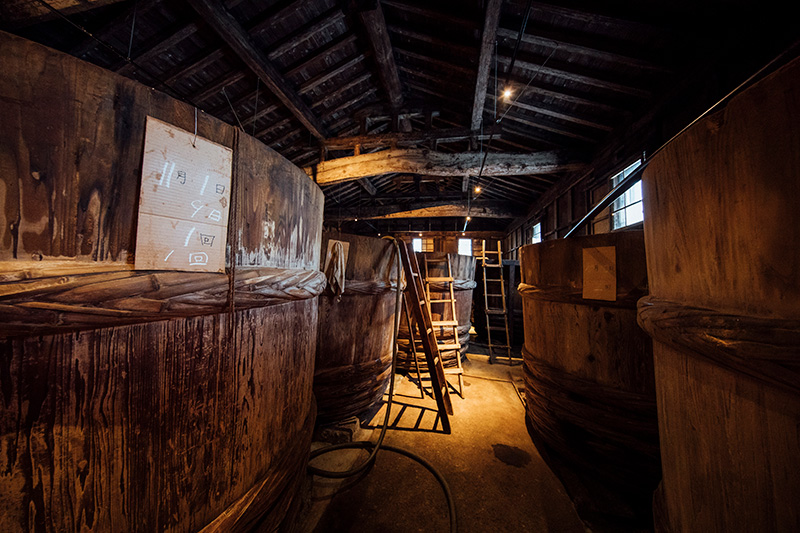
In another, much smaller room, micro-batches of miso or soy sauce are tweaked in different ways to concoct new products. The little barrels are full of possibilities and, often, surprises – the miso fermenting the day I visit has an intriguingly tropical aroma from the variety of yeast used.
“Innovation is key to sustainability,” says Takahashi, “Since inheriting my family business, we continue to create new brews through trials,” says Takahashi. “We need to protect the traditional processes, but at the same time make small variable changes, to continue to evolve.”
Takahashi has recently discovered a new yeast strain inhabiting the atmosphere of Yamamo, thanks to this liberal mindset. He beams when telling me. To a brewer of miso and soy sauce, such a discovery is akin to the discovery of a new planet by an astronomer. This new yeast strain is particularly exciting, Takahashi explain, as it can be used to brew alcoholic drinks like sake and wine – the first yeast that can be used for both worlds.
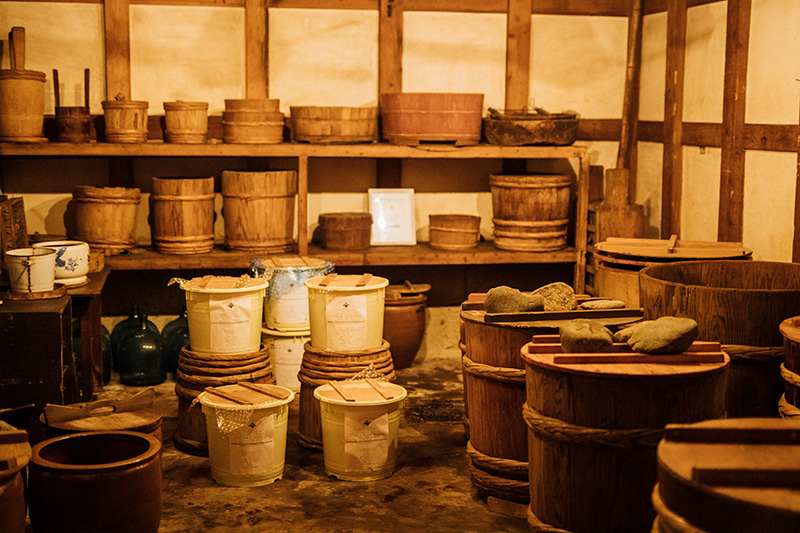
After a walk around the garden, we finish the tour in the cafe, to taste the brewery’s traditional and new creations. The ‘Amashio’ soy sauce is the signature soy sauce of Yamamo, with a lowered level of salt, balanced by a gentle sweetness – a style characteristic of Akita soy sauce.
